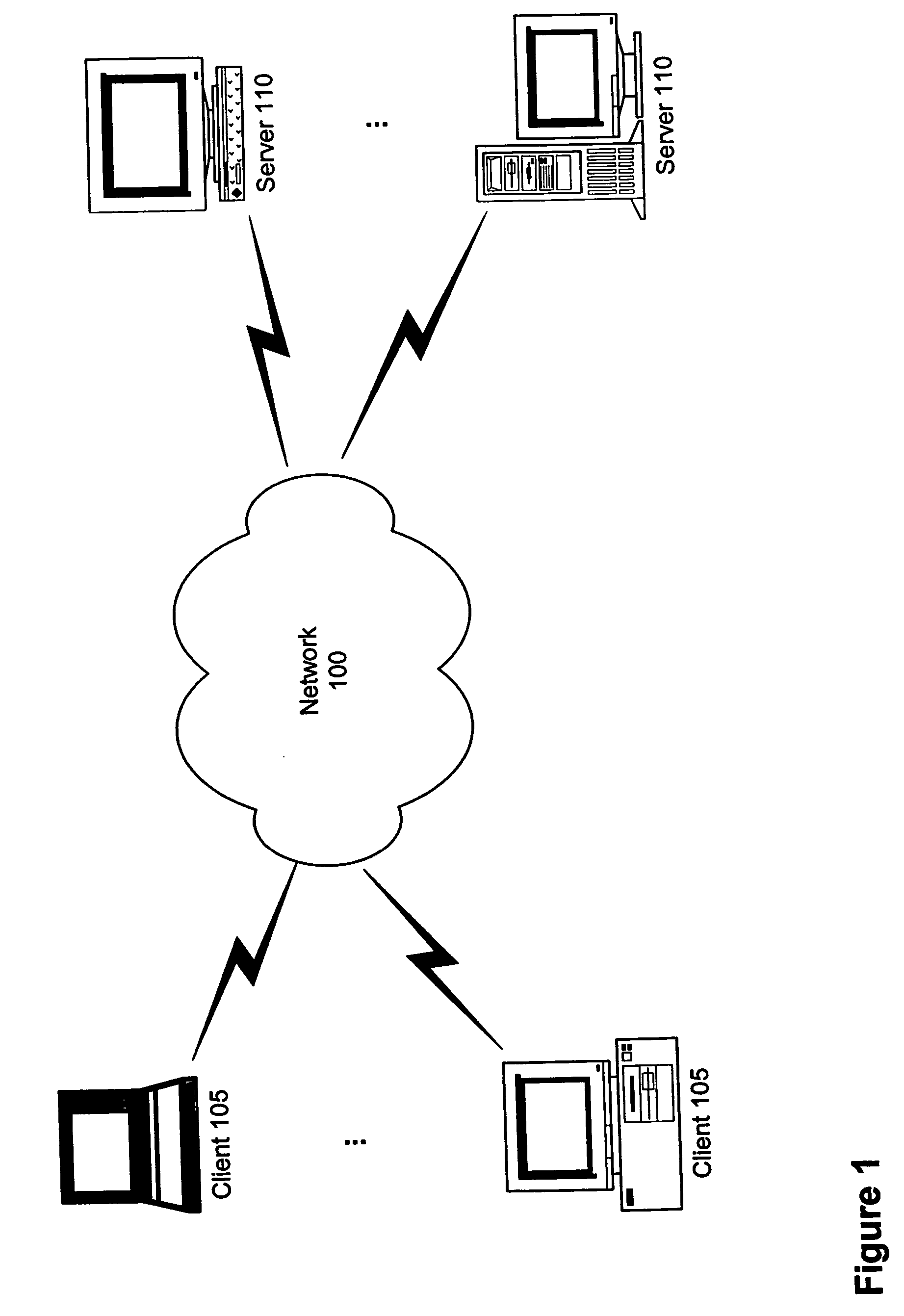Method for design and production of custom-fit prosthesis
a prosthesis and custom-fit technology, applied in the direction of impression caps, programme control, instruments, etc., can solve the problems of insufficient autogenous material to use for repair, less than desirable appearance, and difficulty in considering the reconstruction of a bilateral defect, and the symmetry between the right and left sides of the head
- Summary
- Abstract
- Description
- Claims
- Application Information
AI Technical Summary
Problems solved by technology
Method used
Image
Examples
first embodiment
[0057]FIG. 2 is a block diagram that conceptually illustrates a custom prosthesis development system according to the present invention in which the final mold from which the implant may be directly manufactured or data files representative thereof may be delivered to an implant manufacturer.
second embodiment
[0058]FIG. 3 is a block diagram that conceptually illustrates a custom prosthesis development system according to the present invention in which “a mold of a mold” from which the final mold may be manufactured or data files representative thereof may be delivered to an implant manufacturer.
third embodiment
[0059]FIG. 4 is a block diagram that conceptually illustrates a custom prosthesis development system according to the present invention in which the implant or data files representative thereof may be delivered.
[0060] An exemplary computer system 500, representing an exemplary application server, web server, or database server, in which features of the present invention may be implemented will now be described with reference to FIG. 5. In this simplified example, the computer system 500 comprises a bus 530 or other communication means for communicating data and control information, and one or more processors 505, such as SPARC® processors, PowerPC G4 processors, Intel® Pentium®, Itanium® or Itanium 2 processors or the like, coupled with bus 530.
[0061] Computer system 500 further comprises a random access memory (RAM) or other dynamic storage device (referred to as main memory 515), coupled to bus 530 for storing information and instructions to be executed by processor(s) 505. Main ...
PUM
| Property | Measurement | Unit |
|---|---|---|
| Shape | aaaaa | aaaaa |
Abstract
Description
Claims
Application Information
 Login to View More
Login to View More - R&D
- Intellectual Property
- Life Sciences
- Materials
- Tech Scout
- Unparalleled Data Quality
- Higher Quality Content
- 60% Fewer Hallucinations
Browse by: Latest US Patents, China's latest patents, Technical Efficacy Thesaurus, Application Domain, Technology Topic, Popular Technical Reports.
© 2025 PatSnap. All rights reserved.Legal|Privacy policy|Modern Slavery Act Transparency Statement|Sitemap|About US| Contact US: help@patsnap.com



